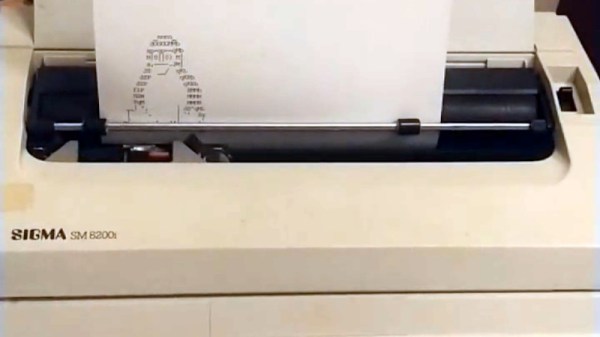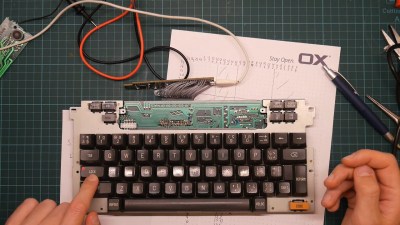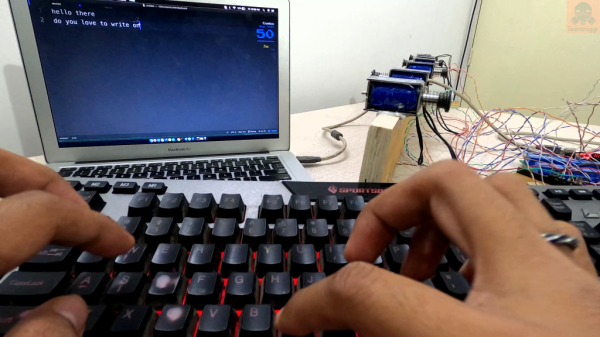Typewriters are something which was once ubiquitous, yet which abruptly faded away and are now a rare sight. There was a period of a few years in which electric typewriters and computers existed side-by-side though, and it’s one of these which [Jonah Brüchert] has experimented with connecting to a computer for use as a printer or terminal.
The machine in question is a SIGMA SM 8200i typewriter, which is a rebadged version of the East German Erika S3004. It has an intriguing 26-pin connector on its side which provides access to a 1200 baud serial port. It uses its own character encoding dubbed “gdrascii”, for which there is a Python library that he could port to Rust. The result is a terminal in the old style, from the days when access to a computer was through a teletype rather than a screen. All that’s missing is a punched tape reader at its side!
We’ve featured a lot of typewriters here over the ears, but this isn’t the first that has received a terminal conversion.



















